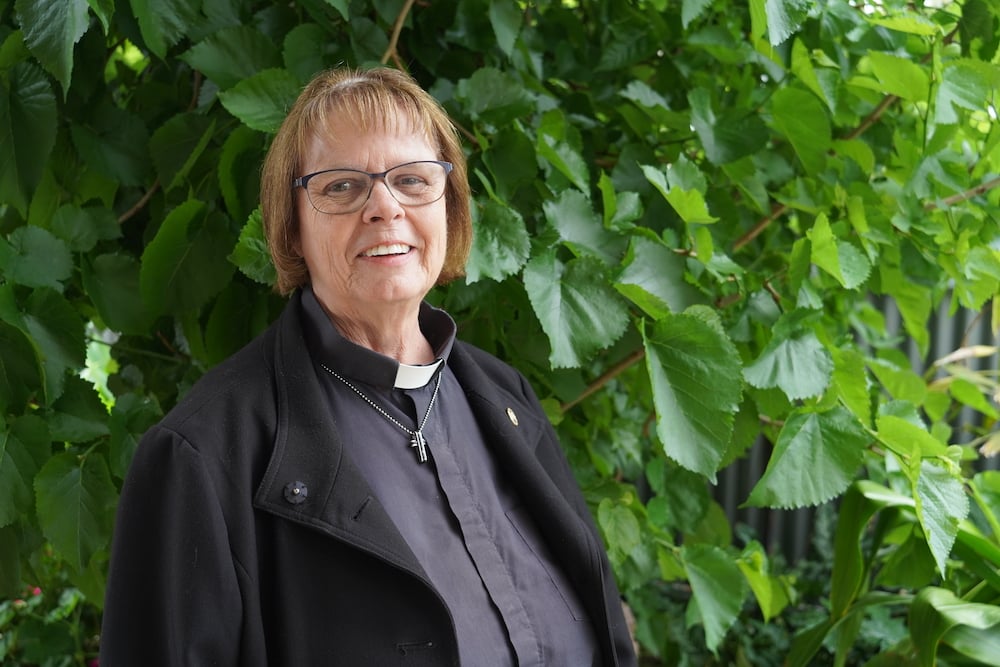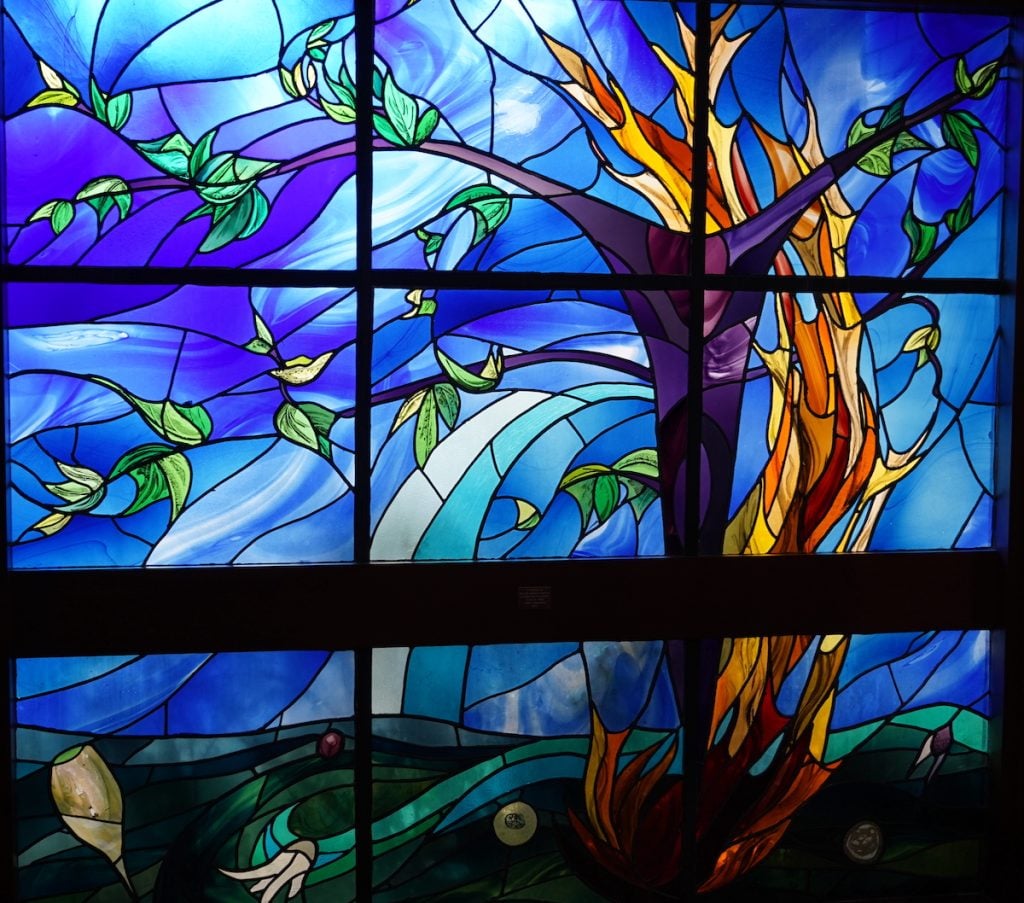St Philip’s Anglican Church enjoys building community and serving the wider community. We’re actively engaged with families, youth, and seniors in a variety of settings including: the local primary school, aged care homes, and surf life-saving club.
Sunday Services
8.00 am Holy Communion (BCP: 1st, 3rd, 5th; APBA: 2nd, 4th Sundays)
9.30 am Holy Communion (Sung) APBA (with Healing and anointing 3rd Sunday)
Weekday Services
10.00 am Holy Communion (BCP) each Friday
Home Communion
Home Communion is available by appointment. Contact the Rev’d Barbara Paull-Hunt on 0409 911 767
Garage Sale Fete
22 March 9AM to 2PM
23 March 8AM to 1PM
Come along and enjoy yourself looking for a bargain on the bric-a-brac stall, book stall, cakes and jams, preloved adult and children’s clothes, shoes and handbags, toys, jewelry and lots, lots more. Also enjoy a sausage sizzle or egg and bacon sandwich or have tea, coffee or Devonshire tea in the hall. Eftpos available.
Easter Services
Passion/Palm Sunday 13th April 2025 9:30am
Monday of Holy Week 14th April 2025 9:30am Quiet day in Parish Hall of St. Philip’s finishing at 2pm with evening prayer. 7pm said service with Reflection in St. Philip’s Church
Tuesday and Wednesday 15th/16th April 2025 7pm Said Service with Reflection
Maundy Thursday Haggadah Meal 17th April 2025 6pm for 6:30pm start of meal followed by 7:45pm Service in the Church
Good Friday 18 April 2025
Jesus died on the Cross for our sins, he brought our freedom from death to life eternal.
9am service of Liturgy of the Cross
11am Children’s Service, “ A walk through Holy Week”
Holy Saturday 19 April 2025
9am Morning Prayer
from 5pm Confession by appointment
Easter Day 20 April 2025
Jesus rose from the dead on this glorious morning.
The symbol of the Easter Egg is given as new life and the butterfly is also a symbol of new life. Life that has been won for us that we may have that life abundantly because of Christ Jesus love for each and every one of us. Come and share in our joy as it is your joy too!
6am Lighting of New Fire, followed by a champagne breakfast in the hall
8am Book of Common Prayer Communion Service in the church with Hymns
9.30am Sung Eucharist with Easter Egg Hunt in the church (Fun for All)
ANZAC Day Service with Wreaths 25th April 2025 10am
Priest in Charge
The Reverend Barbara Paull-Hunt, OAM

Rev’d Barb studied at St. Barnabas College and completed her B Min in 1997, being made deacon that same year. She was ordained a priest in 1999. Barb has been Priest in charge of Somerton Park for twenty years. Recently, (2021) she has also come to lead a collaborative ministry between with the Anglican Parishes of Somerton Park and Warradale. Barb is chaplain to the Somerton Surf Life Saving Club and the SA Aquatic Swimming Centre Marion. The Rev’d Barbara received her OAM on the 11th April 2024 at an Investiture Ceremony by Her Excellency the Honourable Frances Adamson AC Governor of South Australia in the Ballroom at Government House. For her work in the Anglican Church in Australia. For her ministry to the church at Somerton Park and the wider Church overseas with ministry to the schools in Fiji and Paringa park Primary School and many other outreach ministries over the years. This announcement was made earlier this year on Australia Day 26th January 2024.
Barbara is married to Andrew and they have three children, four grandchildren and one great grandchild. Barbara enjoys hospitality because it’s where relationships are built. She loves to capture God’s creation on camera, and enjoys the silence that meditation brings. The silence is sometimes broken as Barb has recently taken up playing the Snare Cohon drum, and at times it can be heard in church.
Associate Priest
The Reverend Michael Rogers
After 25 years of working at the ABC, Michael took the opportunity to study theology, finding it ‘a transformative experience’. In 2018, he completed a B Th, was made deacon, and posted at St. Columba’s, Hawthorn. Michael was ordained a priest in 2019. While at St. Columba’s, he also worked as a hospital and aged care chaplain. In 2021, Michael became associate priest at the Anglican Parishes of Somerton Pk, and Warradale, participating in collaborative ministry. Michael’s lifetime interest is music. He says ‘there’s so much of it to discover: baroque, classical, jazz, blues, country, bluegrass, rockabilly, gospel, funk and soul’.
A Brief History of St Philip’s
 Detail from one of the lovely stained glass windows at St Phillip’s. For more see below.
Detail from one of the lovely stained glass windows at St Phillip’s. For more see below.
The first recorded service for the Mission Church of St. Philip, North Brighton, was held on the 20th of December 1953 at Paringa Park Primary School. On the 20th of December 1954, St. Philip’s was sent forth from the mother parish of St. Jude’s, Brighton, when The Rev’d Francis John Hopton was admitted as Mission Chaplain of the districts of Somerton Park and Warradale.
The Mission Chaplain commented that: ‘there were no church buildings, no accommodation for me, and I didn’t even have a car. However, before long we had one congregation at the Primary School and another in the Warradale Institute’.
The foundation stone of the mission hall was laid on the 30th of January 1955, and the building was dedicated on the 7th of April that same year. The Somerton Park and Warradale Parishes became independent in 1966. In 2021, the Parishes of Warradale and Somerton Park ventured into collaborative ministry once again, which seems fitting given their early beginnings together.
Artworks
The interior of St Philip’s church features a number of beautiful religious art works. Of note are a series of stained-glass windows by artist Cedar Prest.
She designed and made the Chaffey Memorial Window, located in the St Philip’s Baptistry in 1976. Of it she wrote:
I like to feel that I might be continuing the medieval tradition of presenting the gospel in glass. I consciously design my windows to incorporate traditional symbols, but using them in such a way that I hope they will appear fresh and repay familiarity by revealing different layers of meaning.

Three key symbols in the Baptistry window, above, are the cruciform, the womb, and the vine.
The cruciform is the symbol of divine intervention in the life of humankind. The deep waters of the soul (John 1:14).
The artist thinks of the womb as a symbol of regeneration. The fire eludes to virility, rising from the sea of life. The cross symbolises death, resurrection, forgiveness and new life (John 3, 4, 5).
The vine weaves its way through the glass as a symbol of, the community of the church. We are received into the church through the sacrament of Baptism. The refining fire points towards conformation, rising from the baptismal waters.
In 1983, Cedar Prest was commissioned to design and make the Sanctuary windows at St Philip’s. Through these windows the artist portrays the themes of ‘faith and regeneration’ based on the parable of the sower. Reflecting on the windows she wrote:
The burnt gums have survived a bush fire and symbolise the events of life which cause us to realise our frailty and our dependence on God. The trees are rejuvenating after the fire, pointing to a rebirth of faith.
The seeds are depicted in keeping with the parable. Some fall on dry ground and are eaten by the sparrows. Others grow around the rocks and wither because of the sun and their shallow roots. Some seeds choke among the thorns, in this case, a large Scotch thistle. Yet all these seeds co-exist with a fruitful vine and a flourishing deep rooted gum tree, symbolising the faithfulness of God.
About the artist
Cedar Prest was born in 1940, in Victoria. After studies at Melbourne University, she studied Stained Glass at Wimbledon College of Art, and Hornsey College of Art, London. Throughout her career Cedar has completed numerous commissions for glass windows in churches and public buildings, including in St Peter’s Cathedral, North Adelaide and in the University of Adelaide.